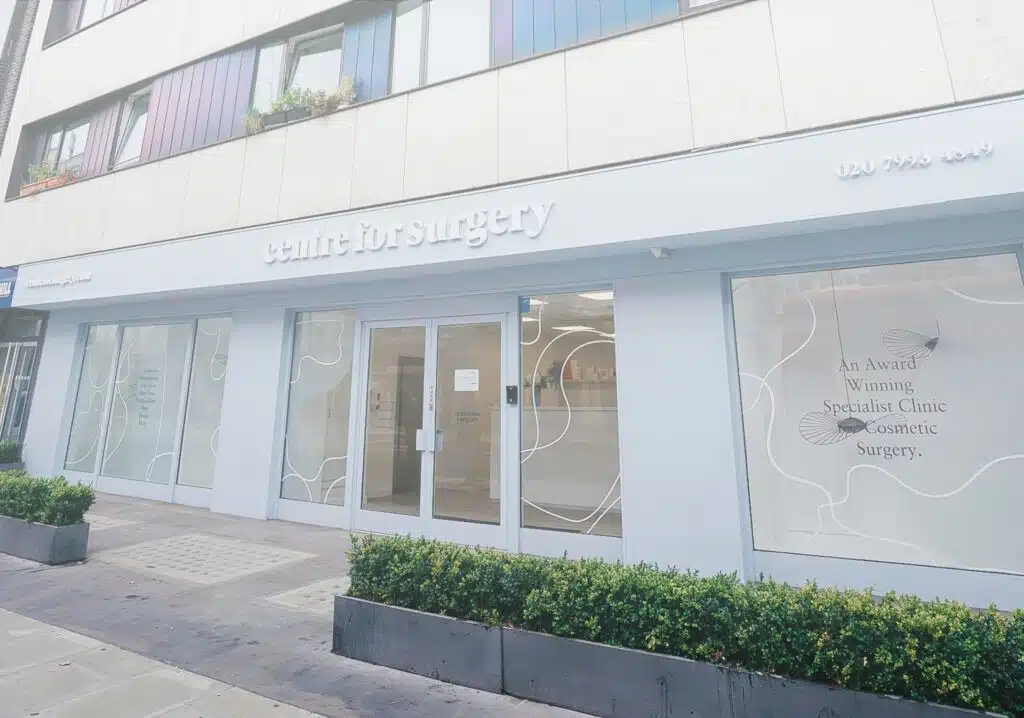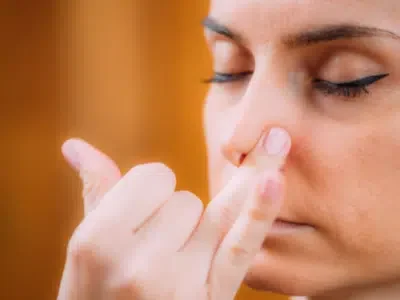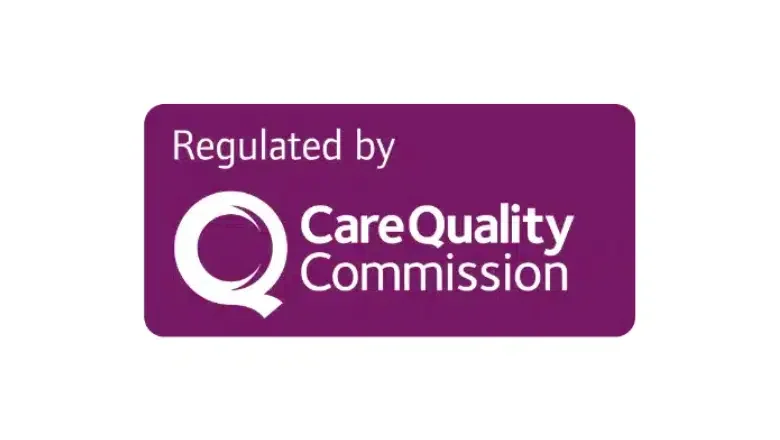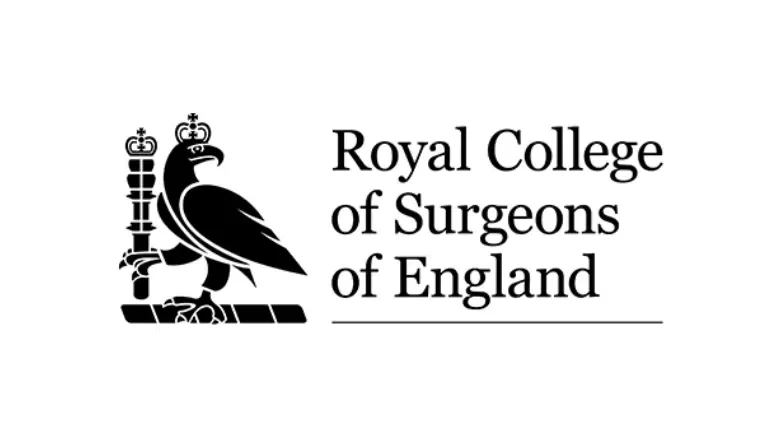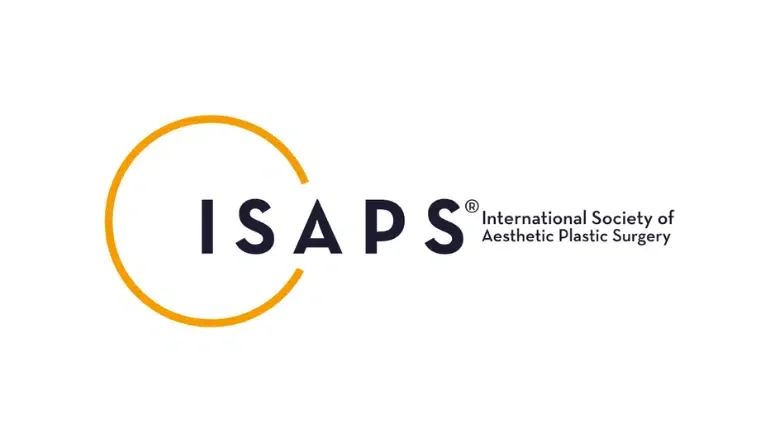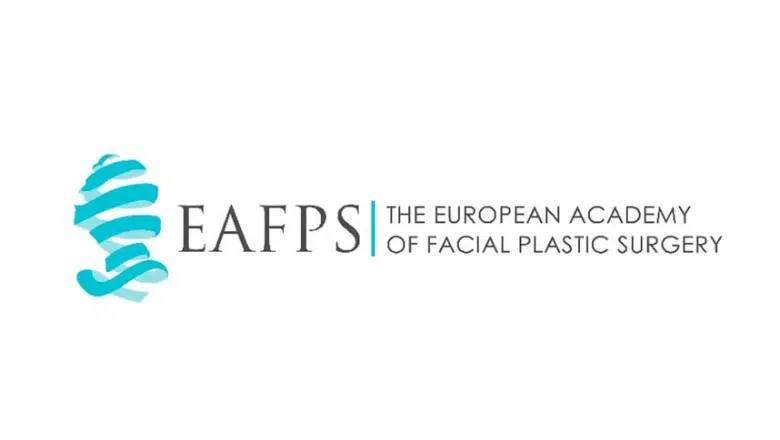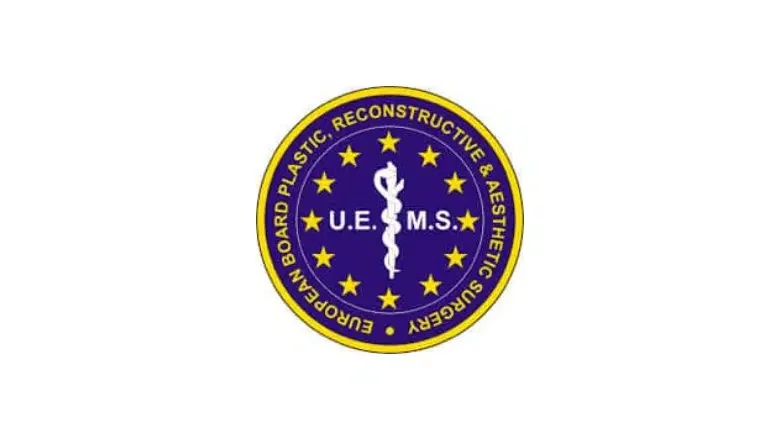What is an African rhinoplasty?
African rhinoplasty is a type of ethnic nose surgery that is designed to enhance the shape, size, and/or function of the nose for individuals of African descent. The procedure is tailored to address the unique features of the African nose, which may include a wide base, thick skin, low nasal bridge, less defined tip, and wide nostril sill. The goal of African rhinoplasty is to create a more harmonious and aesthetically pleasing nose that is in balance with the rest of the face.
RELATED: Nose Surgery FAQs – Q&As about Rhinoplasty
The African rhinoplasty procedure involves a careful evaluation of the patient’s nasal anatomy, including the skin, bone, and cartilage structures. This evaluation helps the surgeon to determine the best approach to achieve the desired results while maintaining the natural ethnic features of the patient.
There are different techniques used in African rhinoplasty, depending on the specific needs of the patient. Some of the techniques commonly used include:
Augmentation
Nasal augmentation is a procedure that involves the use of implants or grafts to add volume and definition to the nose. In African rhinoplasty, cartilage grafts may be harvested from the nasal septum, ears or ribs and used to build up the nasal bridge or tip. Implants may also be used, typically made from silicone, to enhance the nose’s shape and size although silicone implants are not used at Centre for Surgery.
Reduction
Nasal reduction involves removing excess bone or cartilage to reshape the nose. In African rhinoplasty, the surgeon may reduce the width of the nostrils, refine the nasal tip, or lower the nasal bridge to achieve a more proportional and balanced appearance.
RELATED: Alar Base Reduction (Nostril Reduction)
Refinement
Nasal refinement involves shaping and sculpting the existing nasal structures to create a more defined and aesthetically pleasing nose. This may include narrowing the nasal tip or defining the nostril contours.
RELATED: What is alarplasty?
Reconstruction
In cases where the patient has suffered injury or trauma to the nose, reconstructive techniques may be used to restore the nasal structure and function. This may involve repairing the nasal septum, restoring airflow, or improving the overall appearance of the nose.
Recovery from African rhinoplasty typically involves some swelling and bruising, which can last for several days to a few weeks. The surgeon will provide post-operative instructions, including recommendations for pain management, activity restrictions, and follow-up appointments to monitor the healing process.
RELATED: Everything you need to know about ethnic rhinoplasty
What are the features of an African nose?
The African nose is a term that refers to the nasal characteristics found in people of African descent. It is essential to understand that there is significant variation in nasal features within the African population, and the following features may not be present in every individual of African descent. However, there are some general features that are more commonly found in the African nose than in other racial groups.
Wide Base and Nostrils
The African nose typically has a broad base, and the nostrils tend to be wide and flared. This feature is thought to be an adaptation to the hot and humid climate found in many regions of Africa, which allows for increased airflow and improved breathing in such environments.
Low Nasal Bridge
The nasal bridge is the bony ridge that forms the upper part of the nose. In many individuals of African descent, the nasal bridge is low or even flat, resulting in a less prominent nose profile. This feature is related to genetics and is a common trait in many African ethnic groups.
Thick Skin
African noses tend to have thicker skin than other racial groups. This feature can make surgical procedures more challenging, as the skin’s thickness can obscure the underlying nasal structures and make it more difficult to achieve the desired results. Additionally, the thicker skin can cause the nasal tip to appear more rounded, which can be a desired feature for some individuals.
Less Defined Tip
The nasal tip is the lowermost part of the nose that protrudes outward from the face. In many African noses, the tip may be less defined or even bulbous. This feature is often related to the thickness of the skin and the underlying cartilage structures.
Wide Nostril Sill
The nostril sill is the area where the nostril meets the upper lip. In many African noses, the nostril sill is wide and can extend further down the face than in other racial groups. This feature can affect the overall shape and appearance of the nose, and may also impact breathing and nasal function.
How does an African nose job differ from a Caucasian nose job?
The primary distinction between an African nose job and a Caucasian nose job lies in the unique structural characteristics and the personal aesthetic aspirations of the patient. Let’s delve into these differences:
Firstly, the structure of the nose varies notably between individuals of African and Caucasian descent. African noses are generally characterized by broader nostrils, thicker skin, and a more pronounced lower nasal bridge compared to their Caucasian counterparts. As a result, rhinoplasty for African patients might focus on narrowing the nostrils and enhancing the tip of the nose through specific techniques such as alar base reduction and tip refinement. On the other hand, Caucasian rhinoplasty often concentrates on increasing the height of the nasal bridge and refining its shape.
Cultural influences play a crucial role in shaping the desired outcomes of rhinoplasty. While some African individuals might prefer preserving certain ethnic features of their nose, others may seek a more Westernised look. This diversity in preference necessitates a surgical approach that is sensitive to the cultural and aesthetic goals of the patient.
Tthe expertise of the surgeon is paramount, especially when it comes to performing rhinoplasty on African noses, which may require different techniques compared to those used for Caucasian patients. Selecting a surgeon from Centre for Surgery who is experienced in navigating the intricacies of diverse nasal structures ensures a bespoke surgical plan that aligns with the patient’s unique features and expectations.
Recovery after African rhinoplasty
The journey to recovery following an African rhinoplasty is unique to each individual and hinges on several factors including the surgery’s complexity, the patient’s health, and adherence to post-operative care instructions. Here’s an insightful guide to the healing process:
Immediately After Surgery: Post-surgery, patients will remain under observation for a few hours to ensure stability and absence of immediate complications. It’s normal to experience discomfort and pain, which can be alleviated with prescribed medications. To manage bleeding and reduce swelling, the nose might be packed with gauze.
The First Week: This period is crucial for recovery, requiring patients to take a break from work or school to focus on rest. It’s important to avoid any actions that could strain the nose, like blowing it or wearing spectacles, which could impact the surgical outcome. Elevating the head during sleep is advised to minimise swelling.
Two to Three Weeks Post-Surgery: By now, noticeable reductions in swelling and bruising around the nose area should occur, marking the beginning stages of visible recovery. Any surgical packing or splints are likely to be removed by the surgeon. Although light activities can be resumed, it’s vital to steer clear of any rigorous exercises or actions that could lead to heavy lifting.
One to Two Months Onward: Most patients find themselves able to engage in their regular routines, including physical exercises. Nonetheless, high-impact activities or sports that pose a risk of nasal injury should be avoided. While significant healing is typically observed during this phase, some mild swelling or sensitivity may persist.
Long-Term Healing: The final results of an African rhinoplasty can take up to a year to fully materialise. It’s important for patients to maintain follow-up appointments with their surgeon to monitor the healing progress and address any concerns. Patience and adherence to the surgeon’s advice are key during this period to achieve the best possible outcome.
What factors determine the cost of an African rhinoplasty in London?
Determining the cost of an African rhinoplasty in London involves several critical factors. This procedure, tailored specifically to address the unique characteristics of African nasal anatomy, requires a nuanced approach. Here’s what influences the price:
Surgeon’s Expertise: The skill and renown of the plastic surgeon are paramount. Surgeons with extensive experience and a high success rate in performing African rhinoplasty often command higher fees due to their expertise and demand.
Location: London, being a major city with a high cost of living and a vibrant demand for cosmetic surgery has higher prices for rhinoplasty compared to other regions due to the cost of living in the capital.
Complexity of the Surgery: The specifics of the surgery itself significantly affect the cost. Procedures that require intricate work on various parts of the nose, such as the nostrils, tip, and bridge, necessitate more time and expertise, thus increasing the price. Simpler modifications typically cost less.
Anaesthesia Choice: The type of anaesthesia used during surgery – whether general anaesthesia, requiring an anaesthetist and a fully equipped operating theatre, or local anaesthesia with IV sedation – can influence the cost. General anaesthesia tends to be more costly due to the additional personnel and facilities needed.
Facility Fees: The expenses associated with the surgical venue also contribute to the overall cost. High-end facilities equipped with the latest technology and amenities may increase the procedure’s price.
Pre- and Post-operative Care: Comprehensive care, encompassing pre-surgical consultations, follow-up appointments, and any necessary medications, factors into the total cost. Effective pre- and post-operative care is essential for a successful recovery and outcome.
Geographic Location of the Patient: For patients residing outside of London or the UK, additional expenses such as travel and accommodation need to be considered. These costs can add a significant amount to the overall expenditure for those seeking top-tier services in London.
Is African rhinoplasty more complex to perform than traditional rhinoplasty?
The nasal features of individuals of African descent often include a wider and flatter nasal bridge, wider nostrils, and thicker skin, which can make it more challenging to achieve the desired cosmetic results. In addition, the nasal bones may be thinner and weaker in individuals of African descent, which can make them more prone to fractures during surgery.
To address these challenges and achieve the best possible outcomes, African rhinoplasty requires a skilled surgeon with a deep understanding of African nasal anatomy and experience in performing rhinoplasty on individuals of African descent. A skilled surgeon at Centre for Surgery will take into account the unique features of the patient’s nose and tailor the surgical approach accordingly. This may involve techniques such as cartilage grafting to add structure and support to the nose, as well as careful consideration of the thickness and elasticity of the patient’s skin.
African Rhinoplasty at Centre for Surgery
Centre for Surgery is a centre of excellence for all types of ethnic rhinoplasty, including African nose jobs, by surgeons with years of experience in both aesthetic and reconstructive nose surgery. Ethnic rhinoplasty is a highly specialist surgery which requires a surgeon with a keen aesthetic eye to respect the cultural heritage of the patient. Call us today to learn more about African rhinoplasty at 020 7993 4849, or you can complete the contact form below. One of our experienced patient coordinators will be in touch to arrange an in-person consultation at our state-of-the-art Baker Street clinic in Marylebone.


